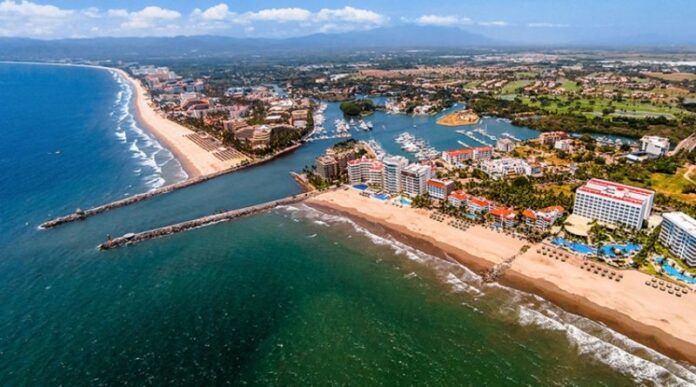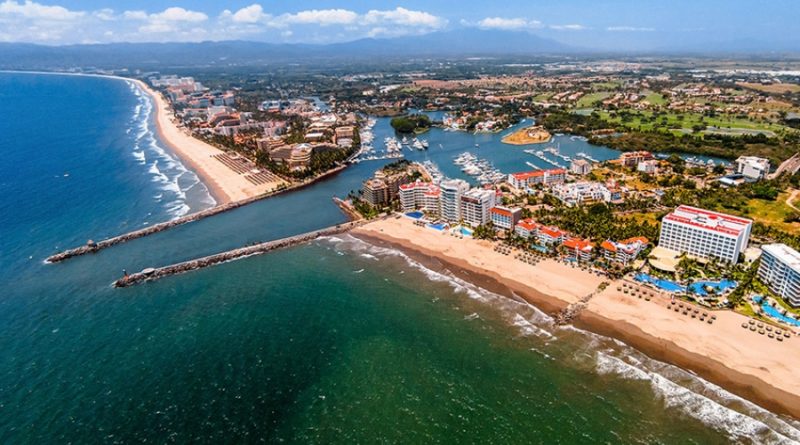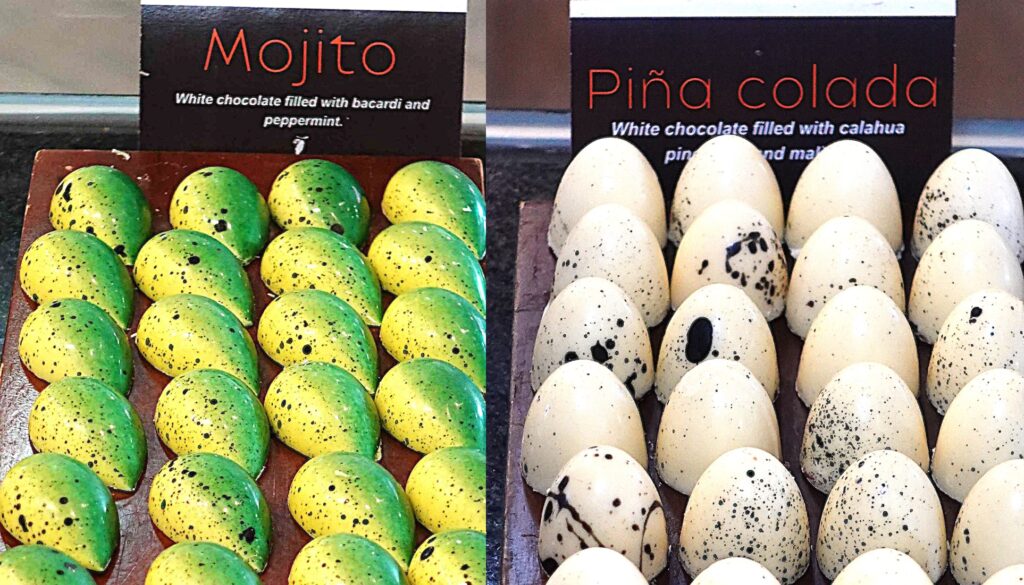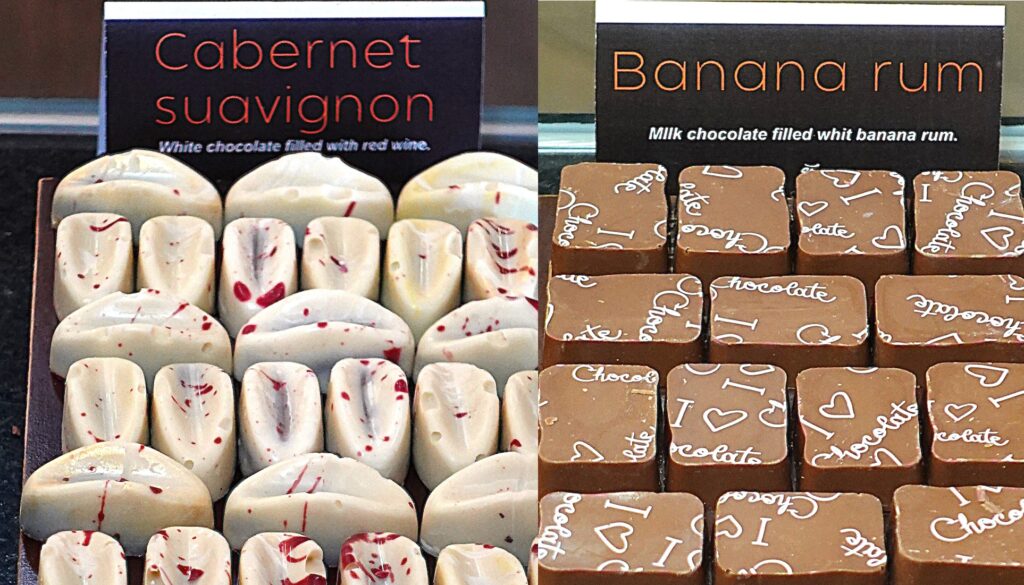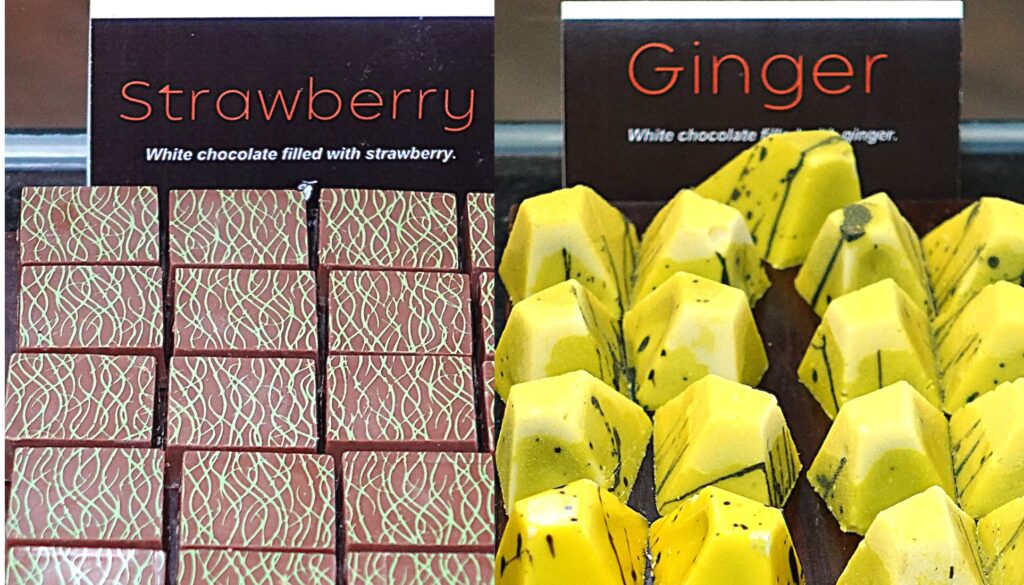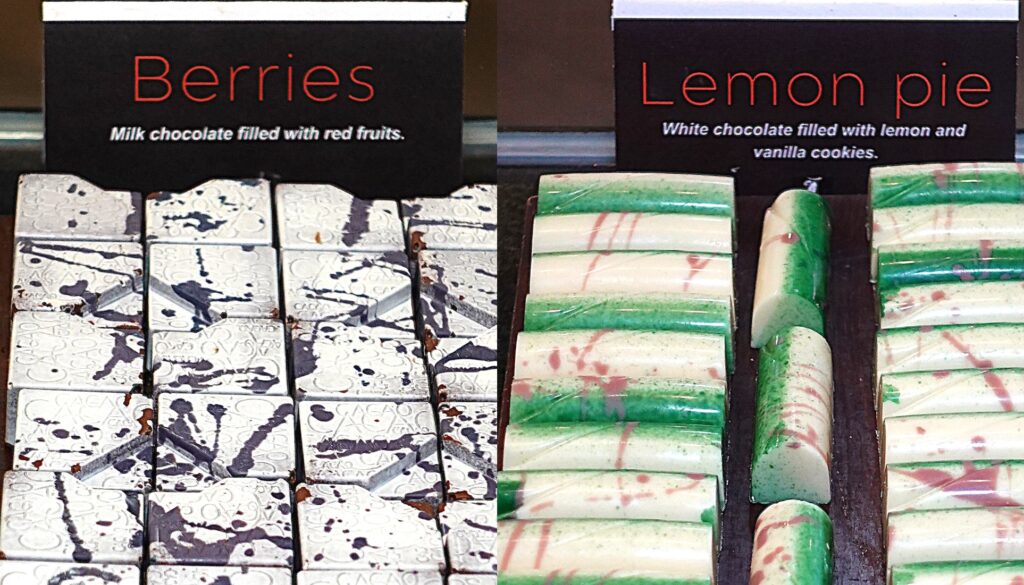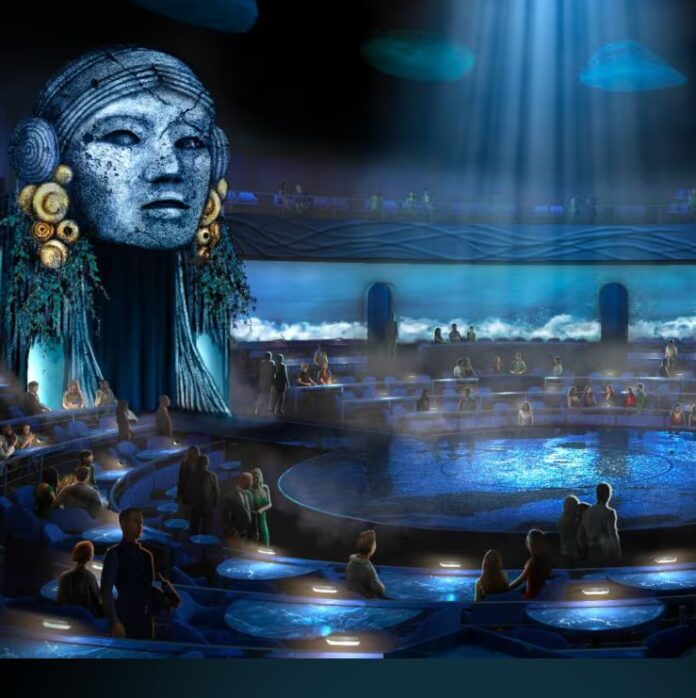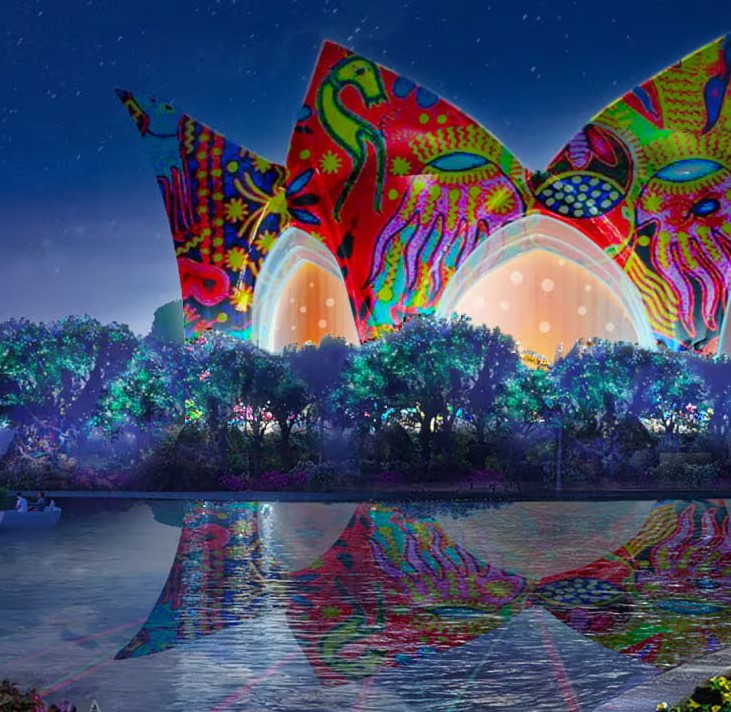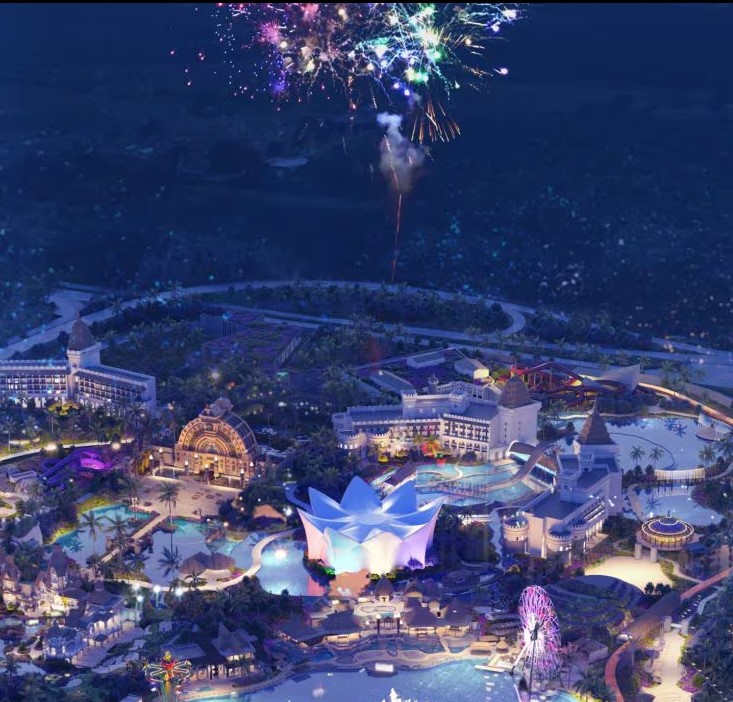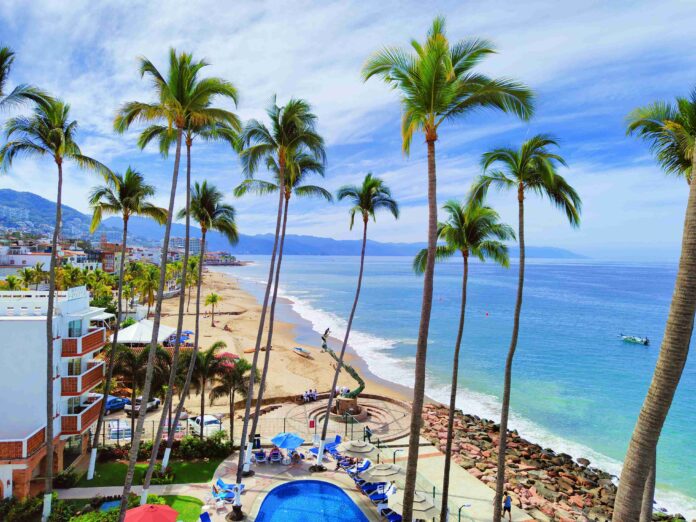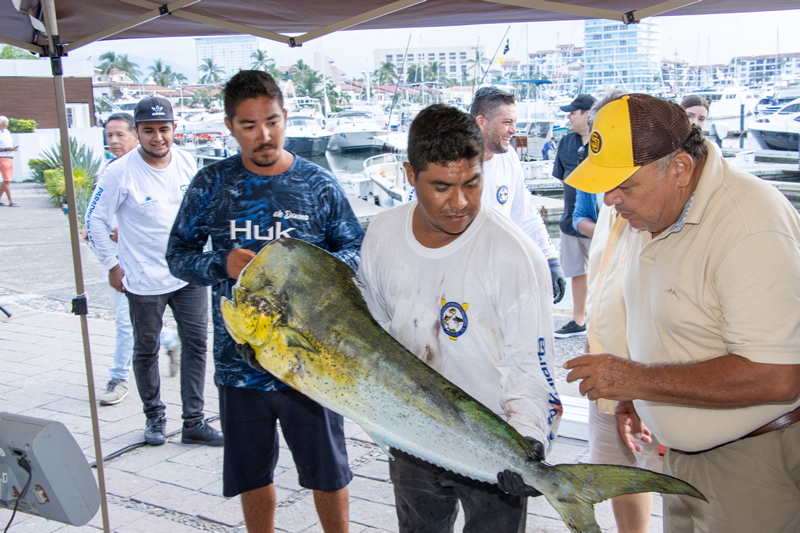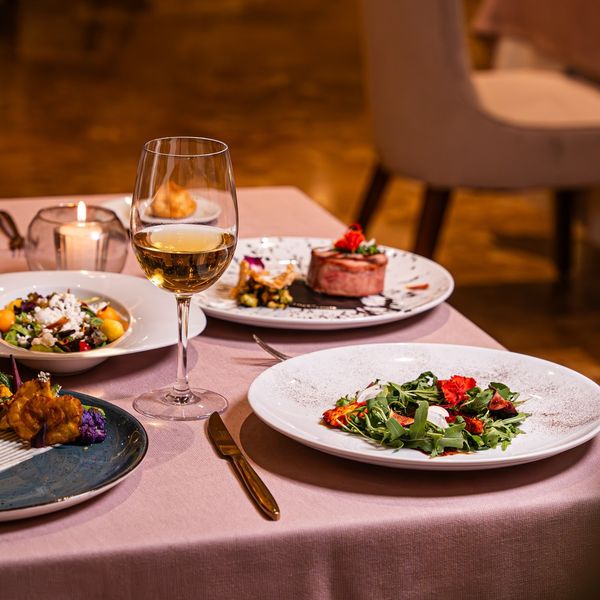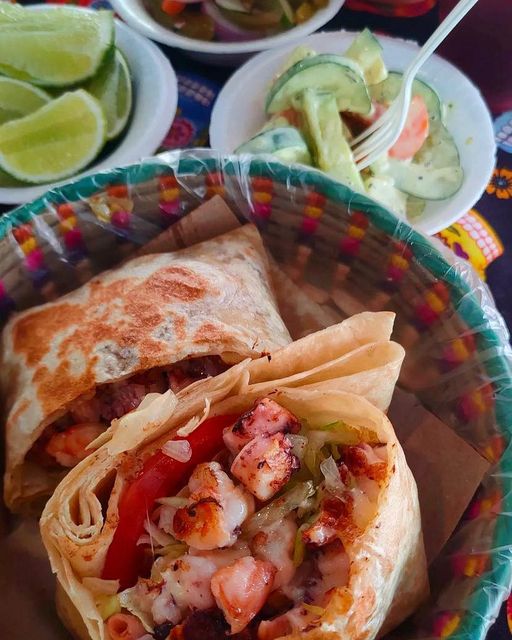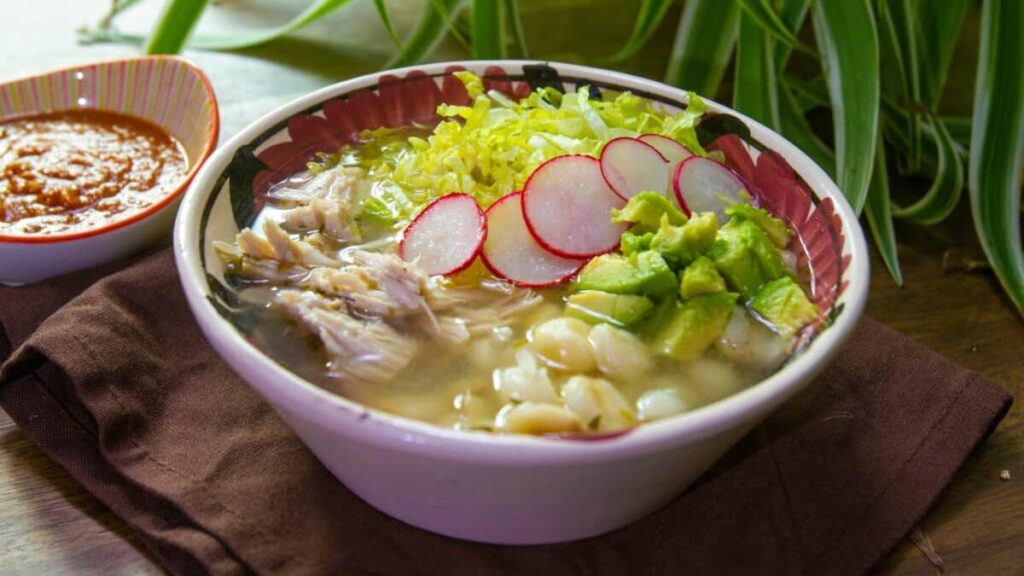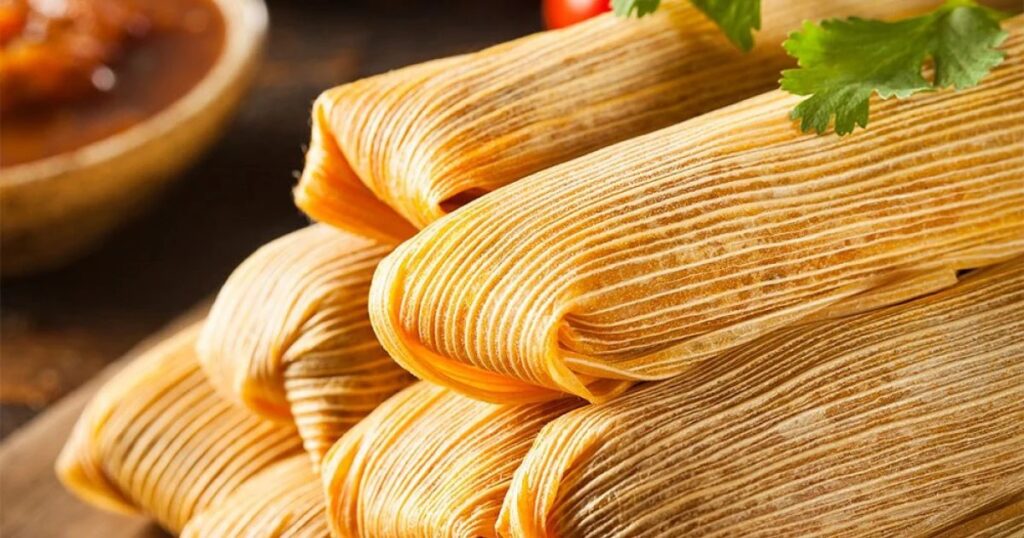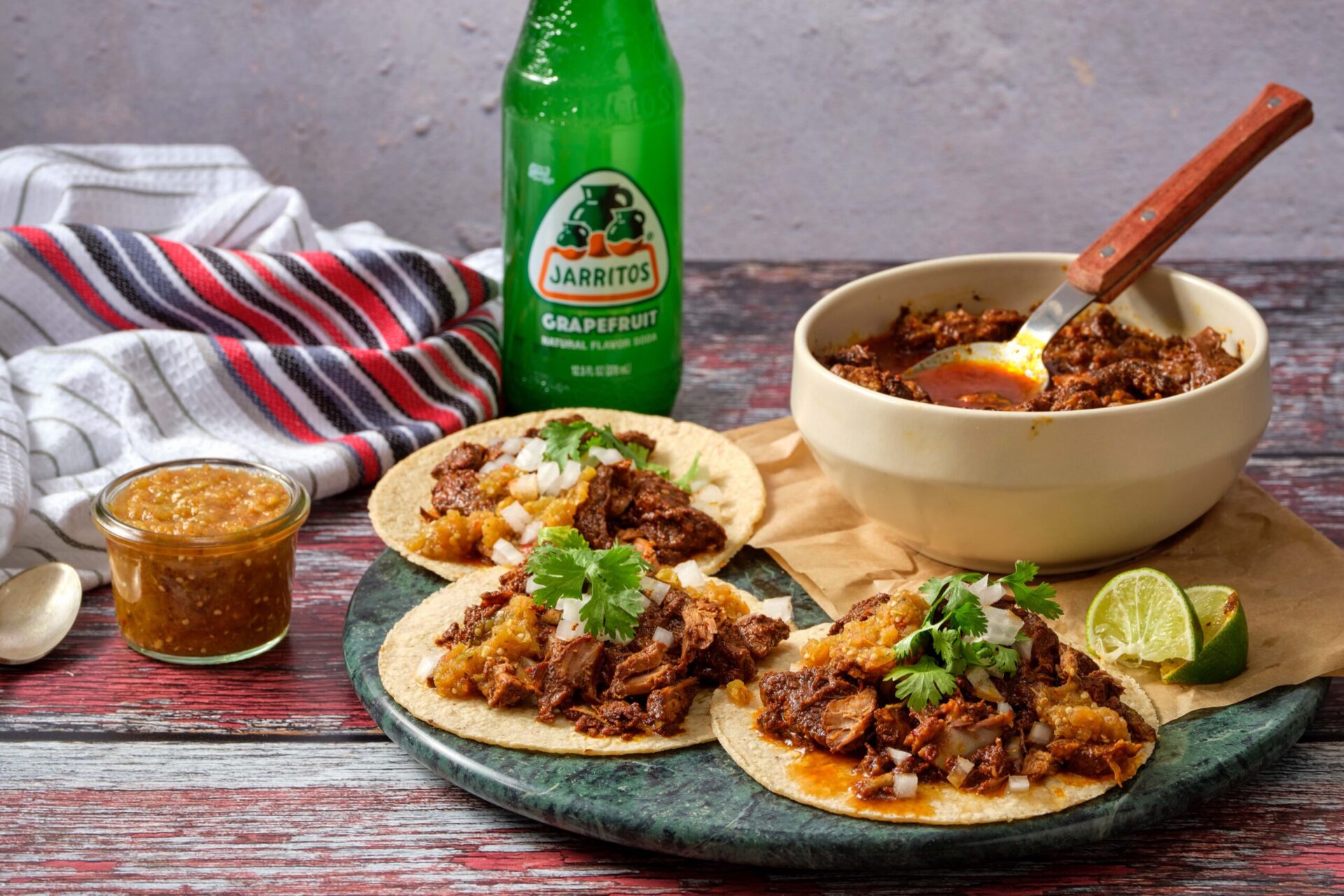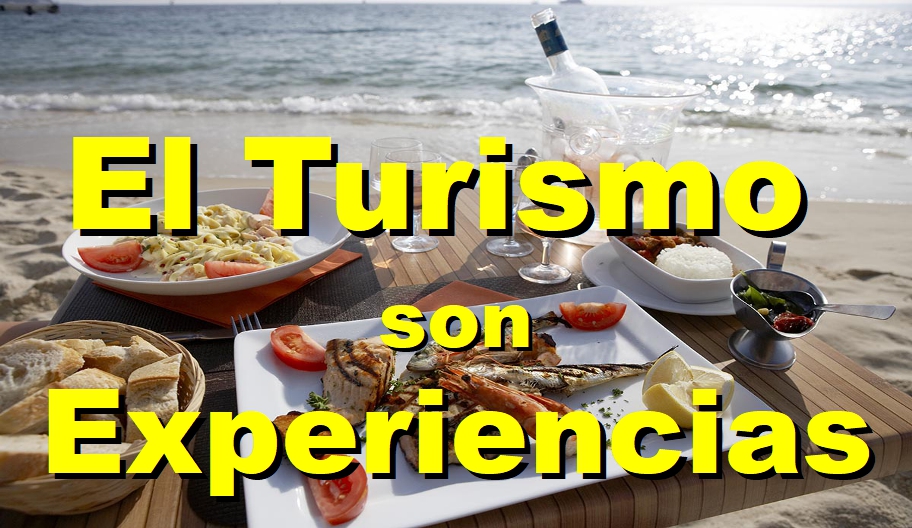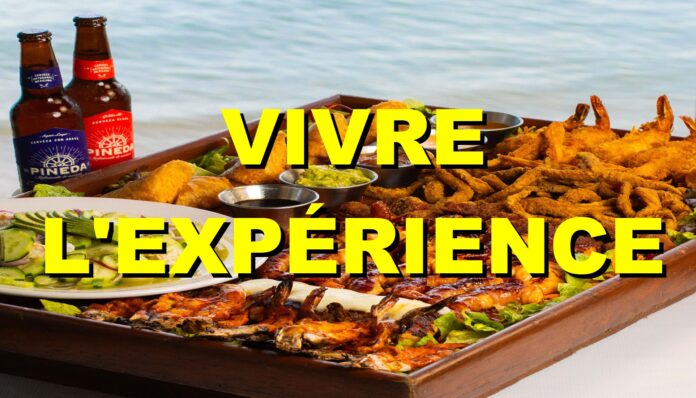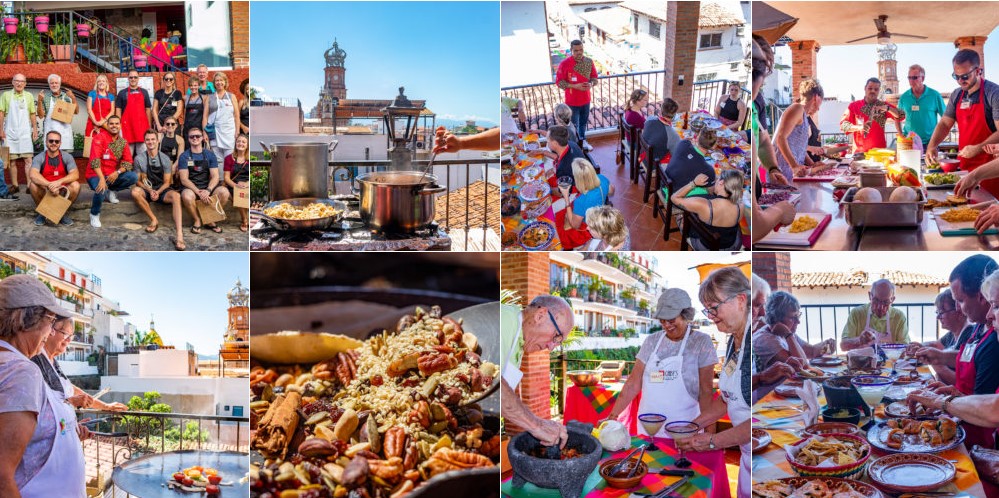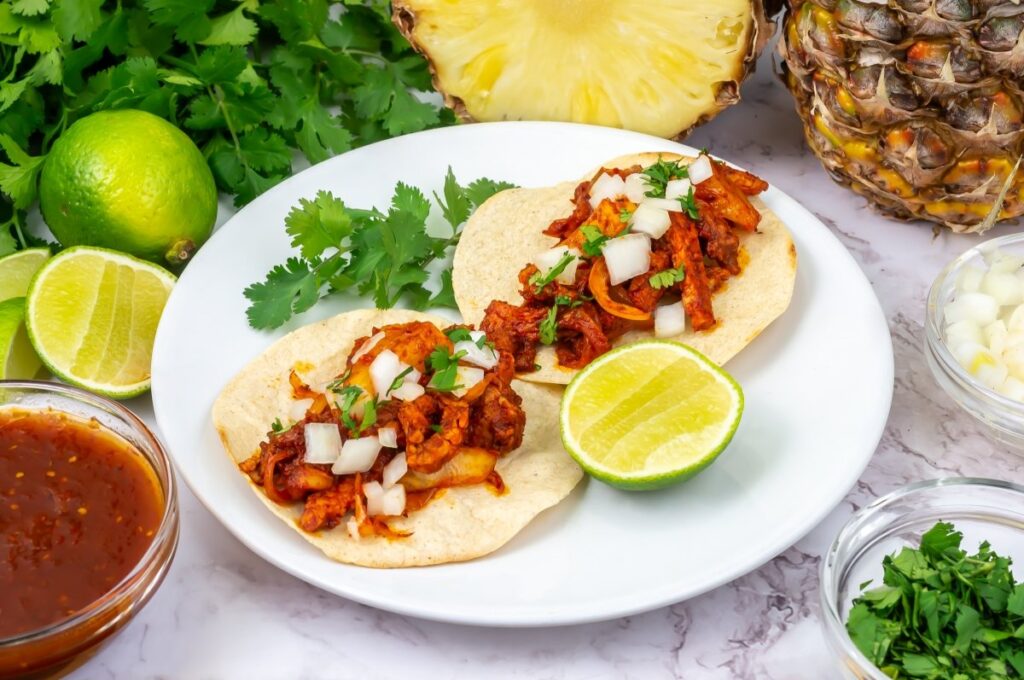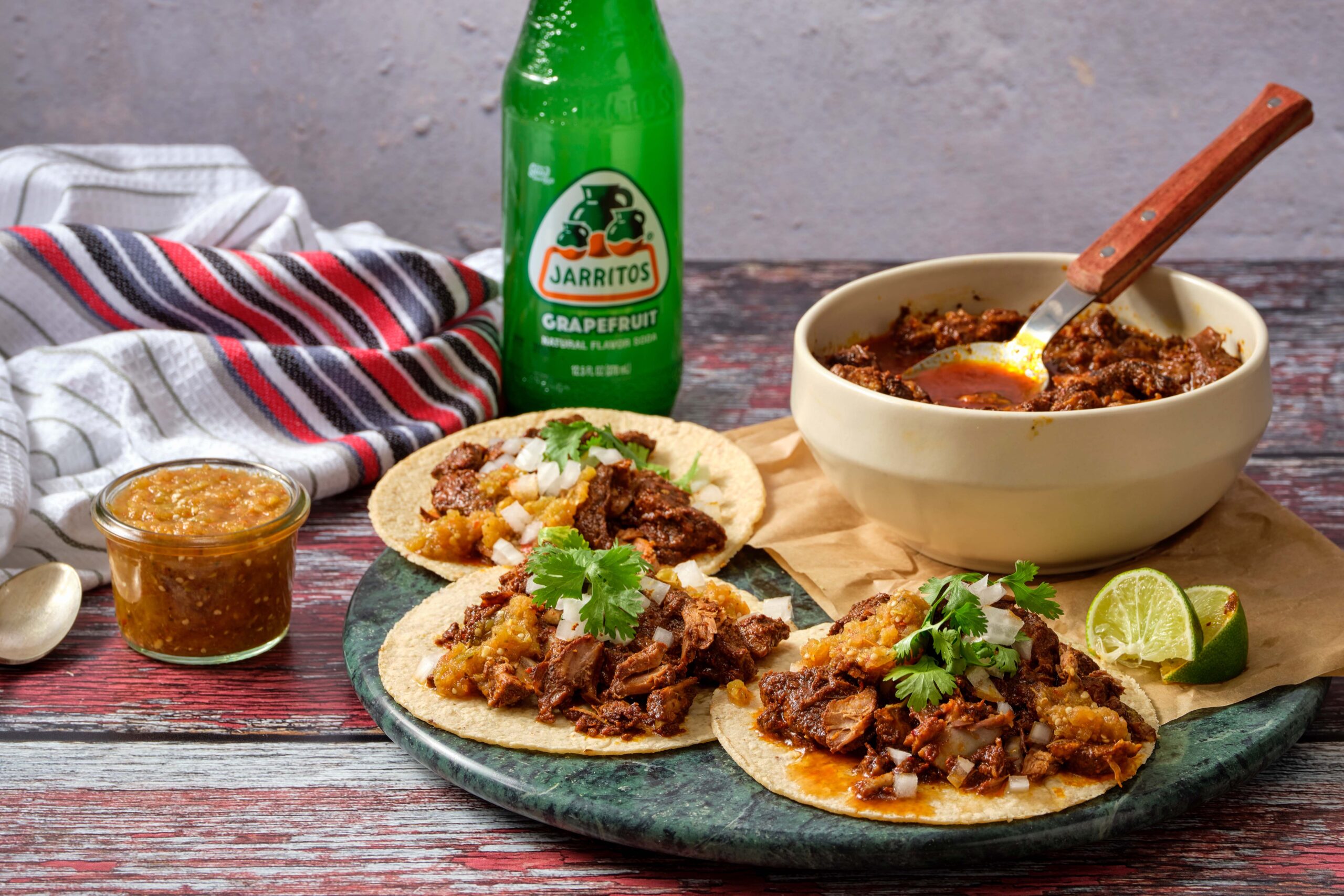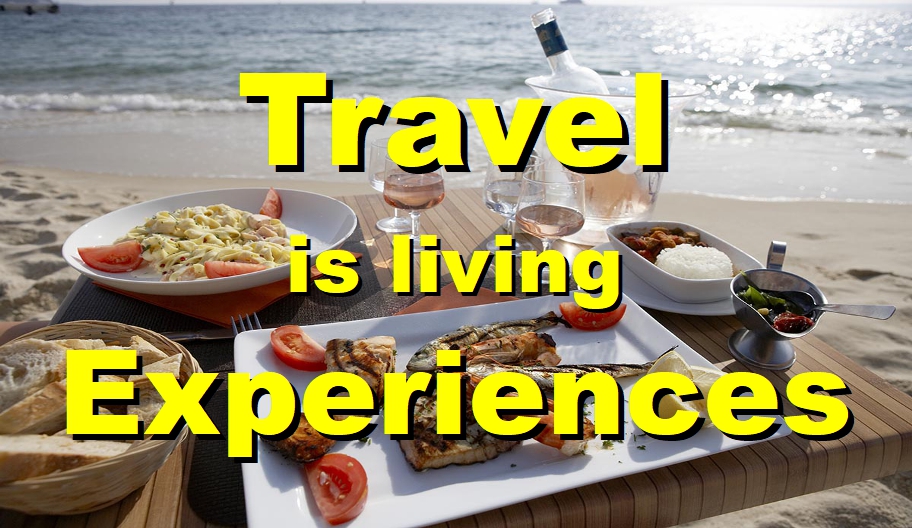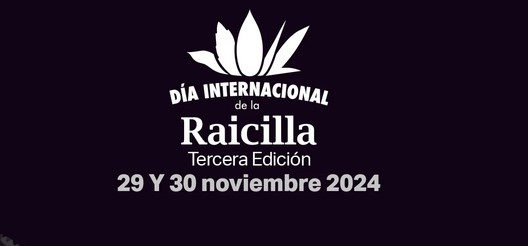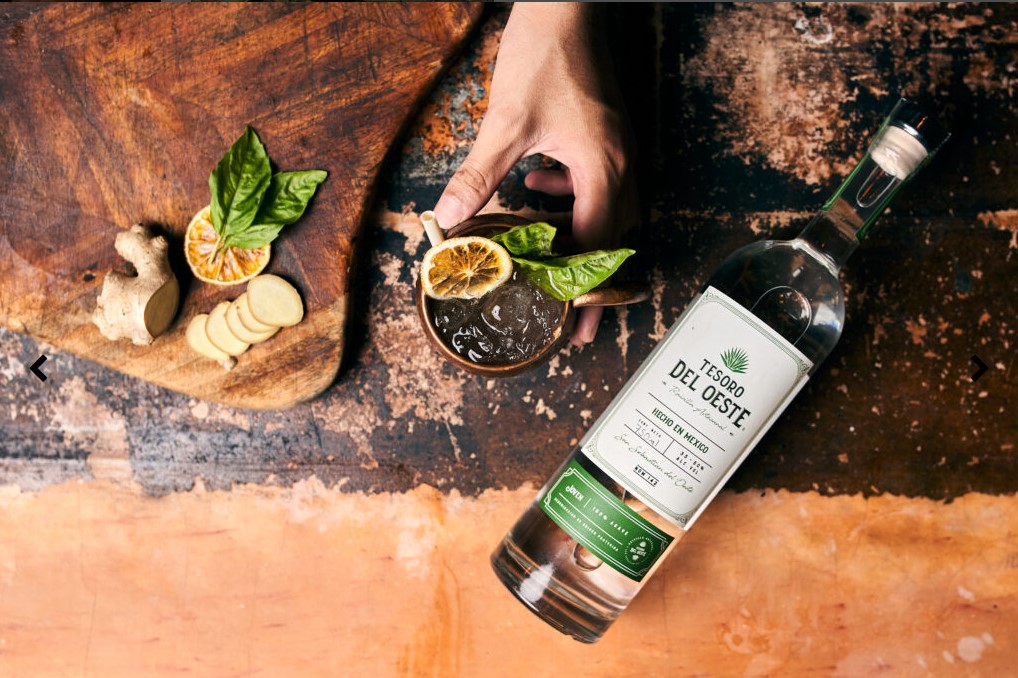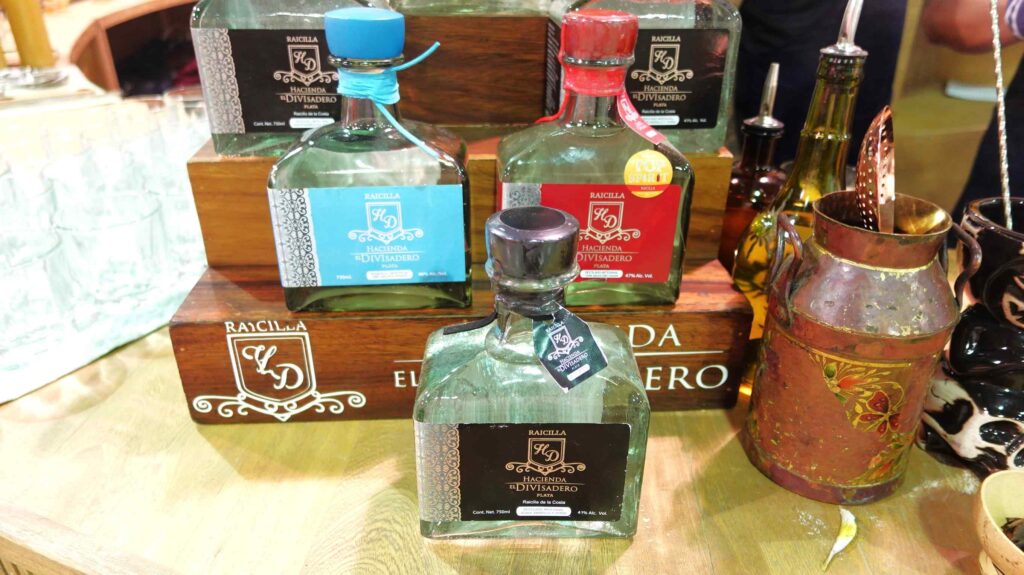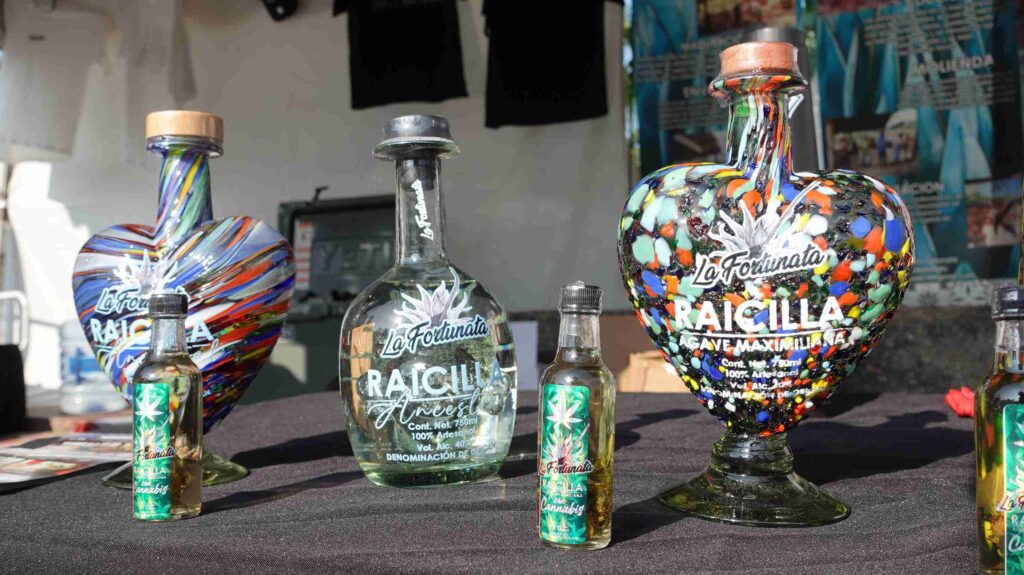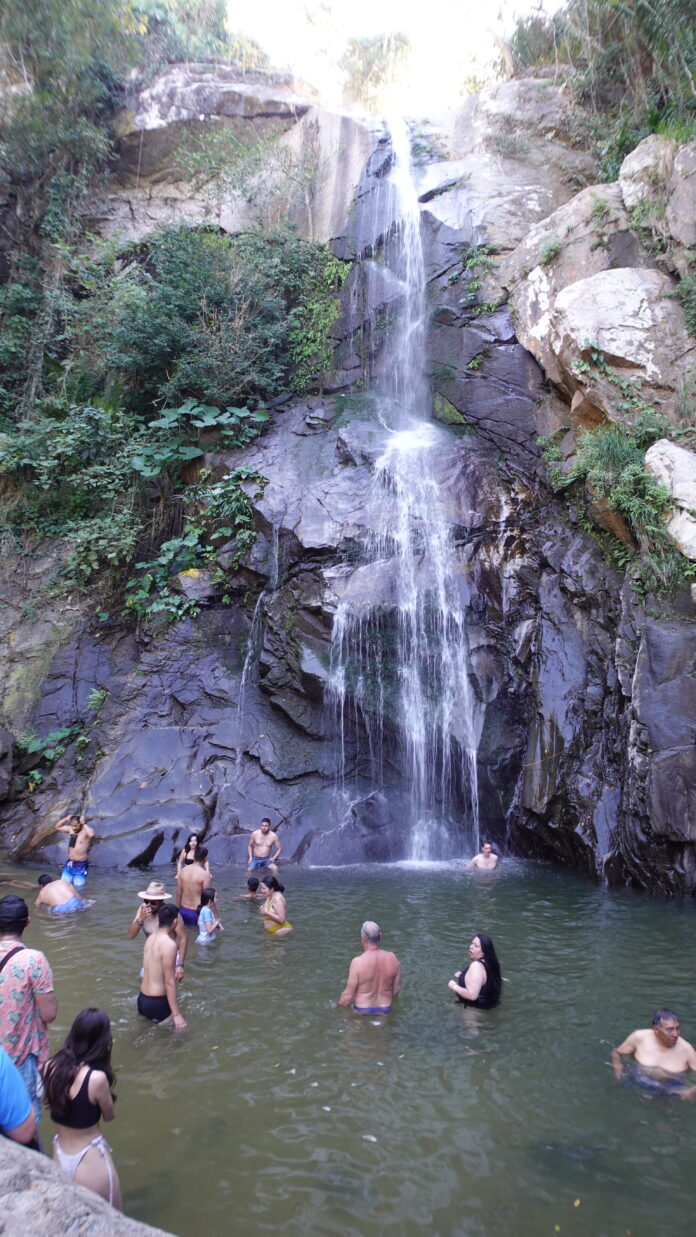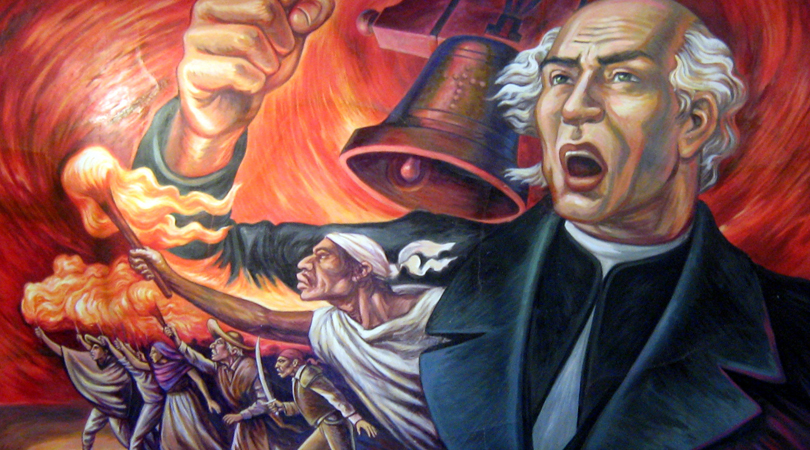Realty & Gourmet Market: the best of real estate, gastronomy and finance.
Six experiences that seek to highlight the most innovative developments in Puerto
Vallarta and Bahía de Banderas, as well as the culinary and cultural wealth of this tourist destination.
ABOUT THE REALTY & GOURMET MARKET 2024
Dates and locations:
The first event will take place on November 27, 2024, from 12 to 8 p.m., in the arches of the Puerto Vallarta boardwalk.
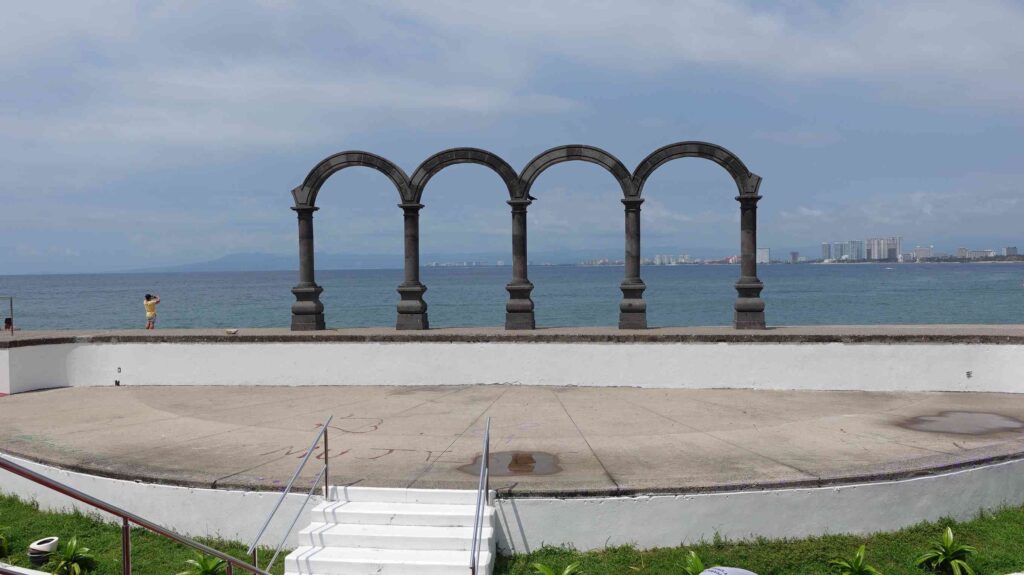
The second event will take place on February 6, 2025, in the arches of the boardwalk, from 12 to 8 p.m.
Additionally, monthly events will be held from December 18, 2024 to March 26, 2025, at the Nuevo Nayarit Business Center – Paradise Village, from 4 to 8 p.m.
Puerto Vallarta, Jalisco and Bahía de Banderas, Nayarit are preparing to become the
epicenter of an international event: Realty & Gourmet Market, six experiences that
fuse the best of the real estate market and gastronomy.
Organized by the Mexican Association of Real Estate Professionals (AMPI) through its Riviera Nayarit and Cabo Bahía Sur sections, this international meeting seeks to highlight the most innovative developments in the region, as well as the financial institutions that support the sector.
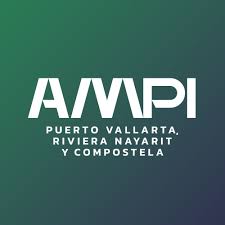
The Realty & Gourmet Market aims to bring together more than a thousand visitors, foreigners, residents and locals, in front of 54 exhibitors (real estate and financial professionals) who will present their exclusive offers to potential clients.
However, the event is not only about real estate transactions, but a complete experience that combines property with the exquisiteness of local and
international gastronomy. For this, there will be a variety of stands that will offer gastronomic samples, cocktail tastings, spirits and high-quality wines. While visitors
savour delicious dishes and drinks, they will have the opportunity to learn about
the most outstanding real estate projects, located from the southern coast of Puerto Vallarta to Bahía de Banderas. In addition, an ideal space will be created for networking and cultural dissemination, which promises benefits for both attendees and the local community.

Carlos Lemus Mateos, president of AMPI Riviera Nayarit, said that the Realty & Gourmet Market represents a unique opportunity to strengthen the projection of the region as an attractive destination for investments, tourism and cultural experiences.
“The Realty & Gourmet Market seeks to position itself as a prestigious annual event that not only strengthens the professional image of the region, but also promotes strategic collaboration, attracting local and international investments to consolidate Puerto Vallarta and Bahía de Banderas as first-class destinations,” he said.
ABOUT THE REALTY & GOURMET MARKET 2024
Dates and locations:
The first event will take place on November 27, 2024, from 12 to 8 p.m., in the arches of the Puerto Vallarta boardwalk.
The second event will take place on February 6, 2025, in the arches of the boardwalk, from 12 to 8 p.m.
Additionally, monthly events will be held from December 18, 2024 to March 26, 2025, at the Nuevo Nayarit Business Center – Paradise Village, from 4 to 8 p.m.
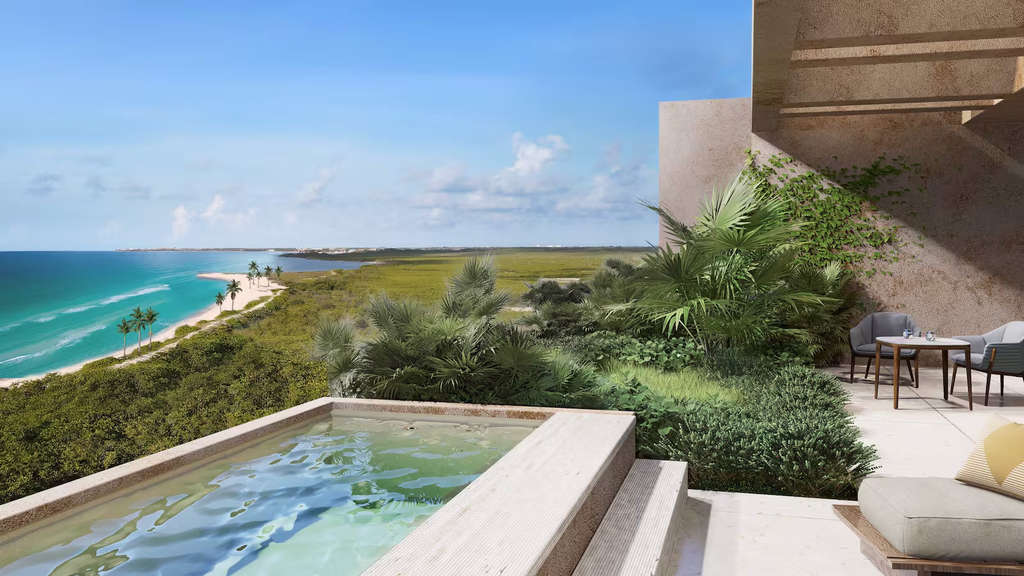
We provide information and resources for visitors to Puerto Vallarta, areas of The Riviera Nayarit and other destinations in both states of Jalisco and Nayarit . You will find variety of content, including articles, blog posts, videos, photos, descriptions and interviews, all of which are designed to help visitors plan their trip, including attractions, restaurants, and events. https://promovisionpv.com/
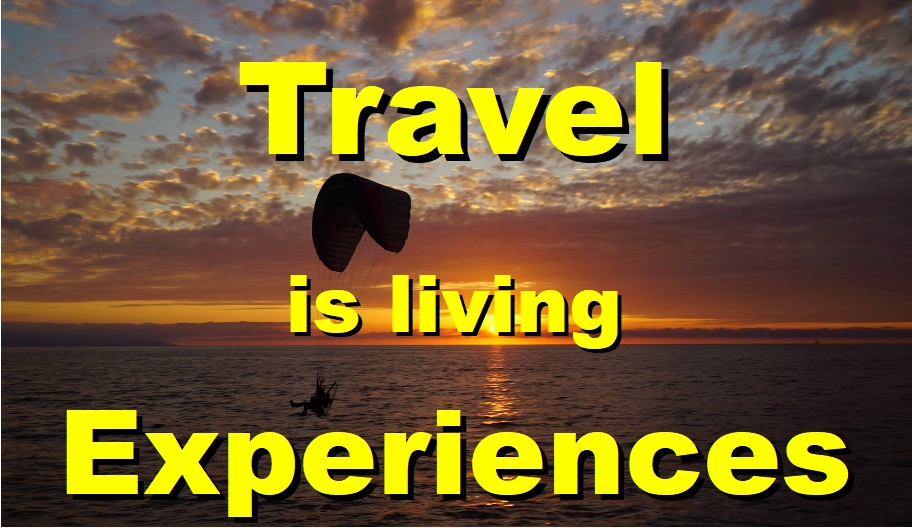
Visit and Subscribe to our YouTube Channel for more Puerto Vallarta – Riviera Nayarit 220+ videos: https://www.youtube.com/@promovision/videos
https://promovisionpv.com
https://youtube.com/promovision
https://instagram.com/promovisionpv/
https://tweeter.com/promovisionpv/
https://www.threads.net/@promovisionpv
https://facebook.com/ray.dion.73
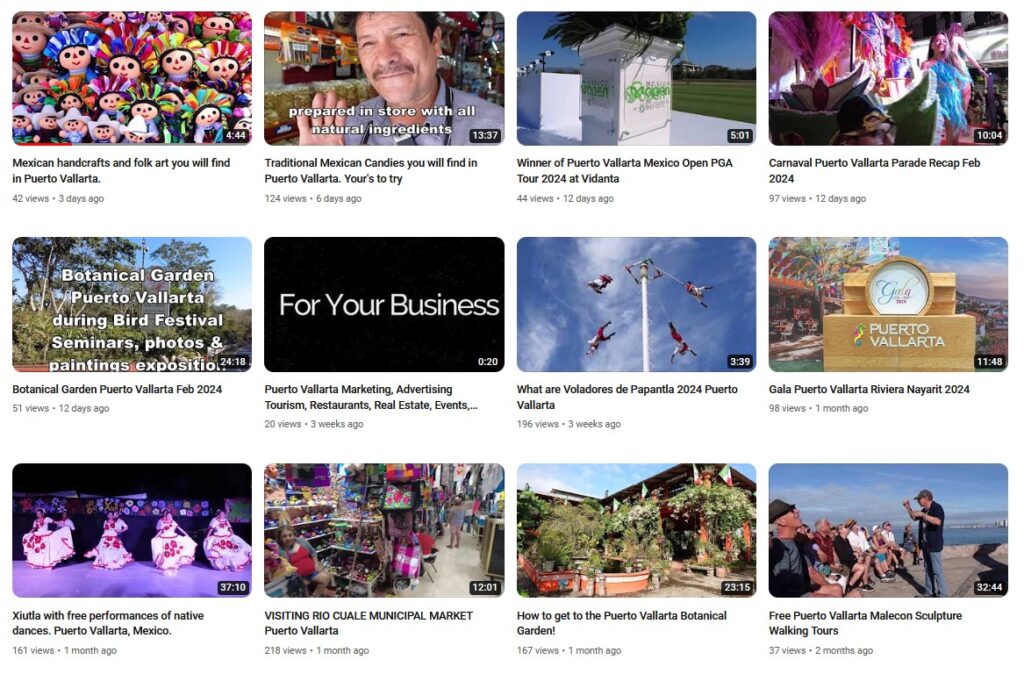
Marketing, Advertising Tourism, Restaurants, Real Estate, Events, Tours, Puerto Vallarta – Riviera Nayarit https://promovisionpv.com/marketing-advertising-tourism-restaurants-real-estate-events-tours-puerto-vallarta-riviera-nayarit-2/

